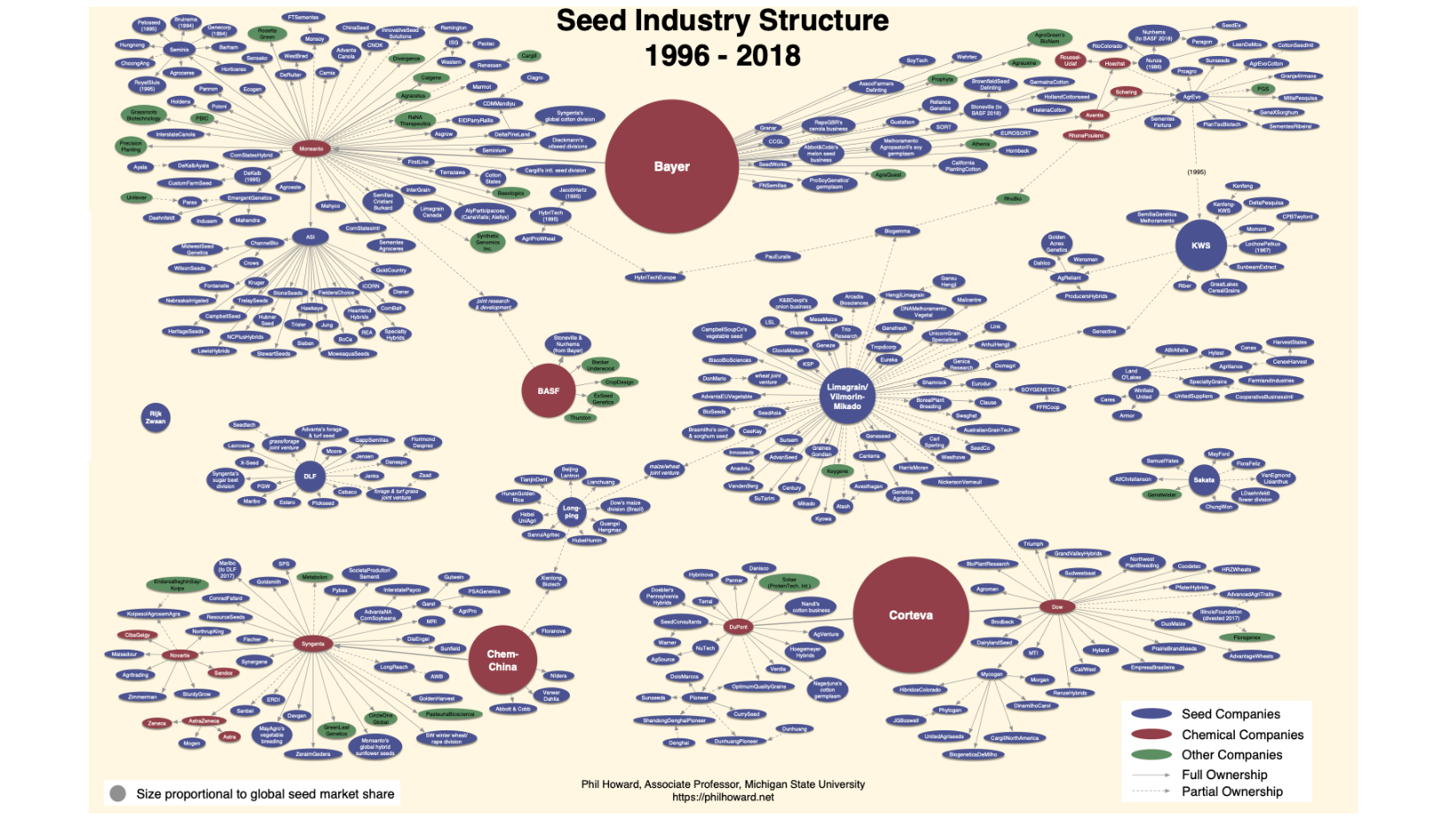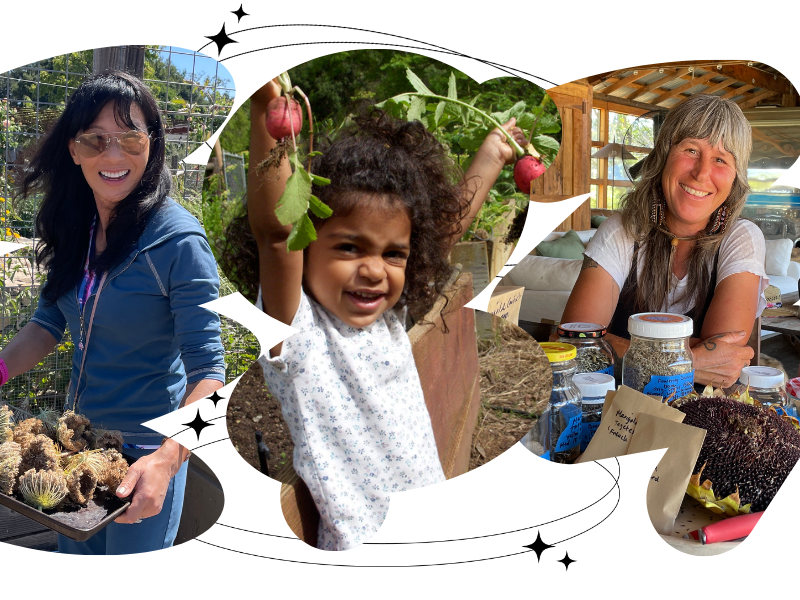Seeds to Sow in June
Bring the Heat 🌵🏜️
We bring you the backstory about Big Ag’s consolidation of seed this month, in hopes that you’ll be motivated to learn seed-saving skills to adapt local seed sources to your area. Be a force for good: sow seeds of love and expand plant biodiversity right at home.
Ready to bring even MORE into your garden in June? This month, seeds are fully awake in warm soil, and the best seeds to sow are wonderful warm weather crops that need heat to put on size, weight, and splendor: think melons, pumpkins, sunflowers, okra, nasturtiums, cucumbers, tomatoes, peppers, and eggplant (not to mention zucchini).
According to the June forecast for Napa County, we’ll likely experience steady temps in the mid-80s with a few days nearly reaching 100 degrees: great conditions for heat-loving crops. Take advantage of this slow, steady build to summer in the early morning hours. Create trellises to grow vertically and prune suckers off tomatoes and cucumbers before temps arrive even hotter in July.
Before I go further, let me describe some history about how much plant biodiversity loss we’ve faced and why that loss is directly related to the rise in consolidation of seed companies and the use of hybrid, patented seed in the global seed industry.
~~~
Over a period of 80 years, a 97% loss in vegetable varieties resulted in 408 varieties of peas that were formerly available in 1903 through small seed companies were reduced to 27 varieties in 1983. Image: Rural Advancement Foundation International.
Are you aware that 97% of the vegetable varieties we used to enjoy were lost during an 80-year period from 1903 to 1983? Over 40 years later, the situation has not improved. Beginning in 1965, there was a push to market crops that could be made into hybrids, a model that attracted giant chemical companies into the seed business. They protected their investments in seed with patents that prevent farmers and gardeners from saving them. Because the commercial success of the hybrid seed model, today 60% of the world’s seed resources are owned by just four chemical companies. This is the opposite of regenerative agriculture. Fortunately, nature’s design inherently thwarts this model. And her design will withstand the test of time, and the challenges of a changing climate.
Now, with a little background on how your seed-sowing skills adapt local seed sources to changes in climate and fights back against the consolidation of seed by Big Ag, let’s return to what seeds are great to sow in this month so you can take pride in doing your part to support and expand the plant biodiversity in your garden spaces.
~~~
You’ve probably transplanted the latter five crops mentioned earlier, but the former five are best sown directly into soil. Since most cool-season pea varieties have reached their peak, leguminous crops like chickpeas (aka garbanzo beans), cowpeas, and California black-eyed peas are ready to take their place now, adding nitrogen back into the soil.
If you’ve never tried it, I highly recommend planting warm season cover crops in June wherever you have bare soil. You could wait until the second or third week, but don’t miss the extra boost gained from sunnhemp, sorghum-sudan grass, millet, or okra when planted among melons or New Zealand spinach. Warm season cover crops fix nitrogen into to the soil where you pulled up radishes, carrots, onions, or garlic. They also regulate water during drier periods, attract pollinators and other beneficial insects, and add green manure when cut. These cover crops will grow tall and upright to provide gentle shading for vining crops that travel the soil’s surface reaching for the the best sun exposure. Try a departure from the standard European varieties and grow a grain or two. I’ve had great success with amaranth before and this summer I’m growing sorghum and chia.
If you want a complete run-down on seeds to sow in June, check out the video below.
~~~~
Veggies 🥬🍅🥕
amaranth, beans, black-eyed pea, chickpea, corn, cowpea, eggplant, gourd, melon, New Zealand spinach, Malabar spinach, Okinawa spinach, okra, pigeon pea, Seminole pumpkin, squash, Suriname spinach
Flowers 💐🌸🌼
calendula, cosmos, flax, nasturtium, marigold, milkweed, sunflower, Tithonia (acuahal roja in Español)
Herbs 🌿🌱 🪴
basil, lemon balm, mint, rosemary, sage, tarragon
Cover Crops 🌾🌾🌾
buckwheat, chicory, cowpea, millet, mung bean, safflower, sorghum-sudan grass, soybean, sunn hemp
~~~~










